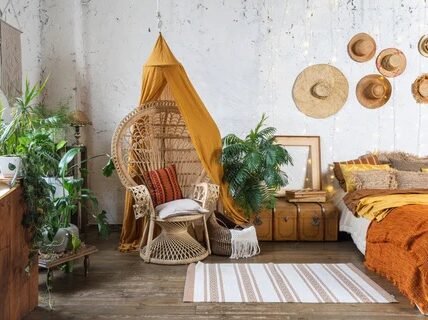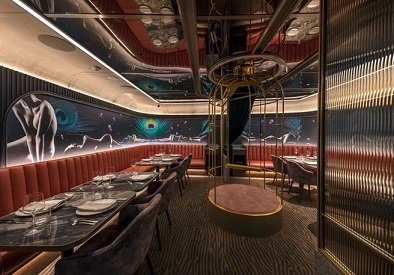Outdoor furniture plays an important role in dictating the space outside your house. Thus, you need to be extremely careful about every aspect related to the furniture. Now, the material you choose for your outdoor table and chairs dictates the style and ambience of your space and determines the longevity and maintenance required. So, read on to explore various materials available for outdoor furniture and get insights to help you make an informed decision that aligns with your lifestyle and preferences.
Consider Your Climate
The first factor to consider is the climate in your area. Some materials withstand harsh weather conditions better than others. For instance, if you live in an area with a lot of moisture or frequent rain, you’ll want to opt for the ones that are resistant to mould and mildew, such as synthetic resin or teak. Conversely, if you’re in a hot, sunny climate, going for ones that don’t fade or crack from sun exposure, such as metal or UV-resistant fabrics, would be ideal.
Know About Material Options
Metal
Metal, encompassing varieties such as aluminium, wrought iron, and steel, is favoured for outdoor furniture because of its robustness and adaptability. Aluminium is lightweight, rust-proof, and requires minimal maintenance, making it ideal for areas with high humidity or saltwater air. Wrought iron is heavier, offering stability in windy conditions, but it may require periodic painting to prevent rust. Steel, mainly stainless or powder-coated varieties, provides strength and durability but may need regular upkeep to maintain its appearance.
Wood
Wooden outdoor furniture offers a classic, natural look that ages beautifully. Teak, cedar, and eucalyptus are the most durable and weather-resistant hardwoods. Teak, particularly, is valued for its resistance to decay, insects, and weathering, developing a silver-grey patina over time if left untreated. However, wooden furniture requires more maintenance than other options, including regular cleaning, sanding, and sealing to preserve its appearance and longevity.
Synthetic Resin and Plastics
Synthetic resin, including polyethylene wicker and polypropylene, is lightweight, durable, and resistant to weather, water, and UV damage. These are often woven into wicker-style furniture, offering a classic look without the maintenance of natural wicker. Plastic furniture is another low-maintenance, affordable option in various styles and colours. While not as durable as other options, high-quality plastics can offer good longevity and resistance to fading.
Natural Materials
Natural materials like rattan, bamboo, and natural wicker offer your outdoor space an organic, bohemian feel. These are best suited for covered areas, as they are less resistant to weather and sun exposure compared to their synthetic counterparts. Regular maintenance, including revarnishing and protection from moisture, is required to keep these furniture pieces looking their best.
Maintenance and Care
Metal and synthetic materials generally offer the easiest maintenance, needing occasional cleaning with mild soap and water. Although visually appealing, wood demands greater care, including frequent sealing or staining, to shield it from the elements.
Aesthetic and Style
Consider the aesthetic you want to achieve in your outdoor space. Each material brings its style and character. Wood provides a cosy, natural aesthetic that spans from rugged to elegant, influenced by its finish and design. Metal can be moulded into intricate designs, offering anything from modern to traditional styles. Synthetic ones provide versatility in colour and texture, allowing customisation to fit any decor theme.
Conclusion
Choosing the suitable material for your outdoor table and chairs depends on a variety of factors, including climate, maintenance preferences, style, and budget. By weighing the advantages and disadvantages of each option against your unique requirements, you can choose the furniture that enhances your outdoor living area while ensuring longevity and durability.



